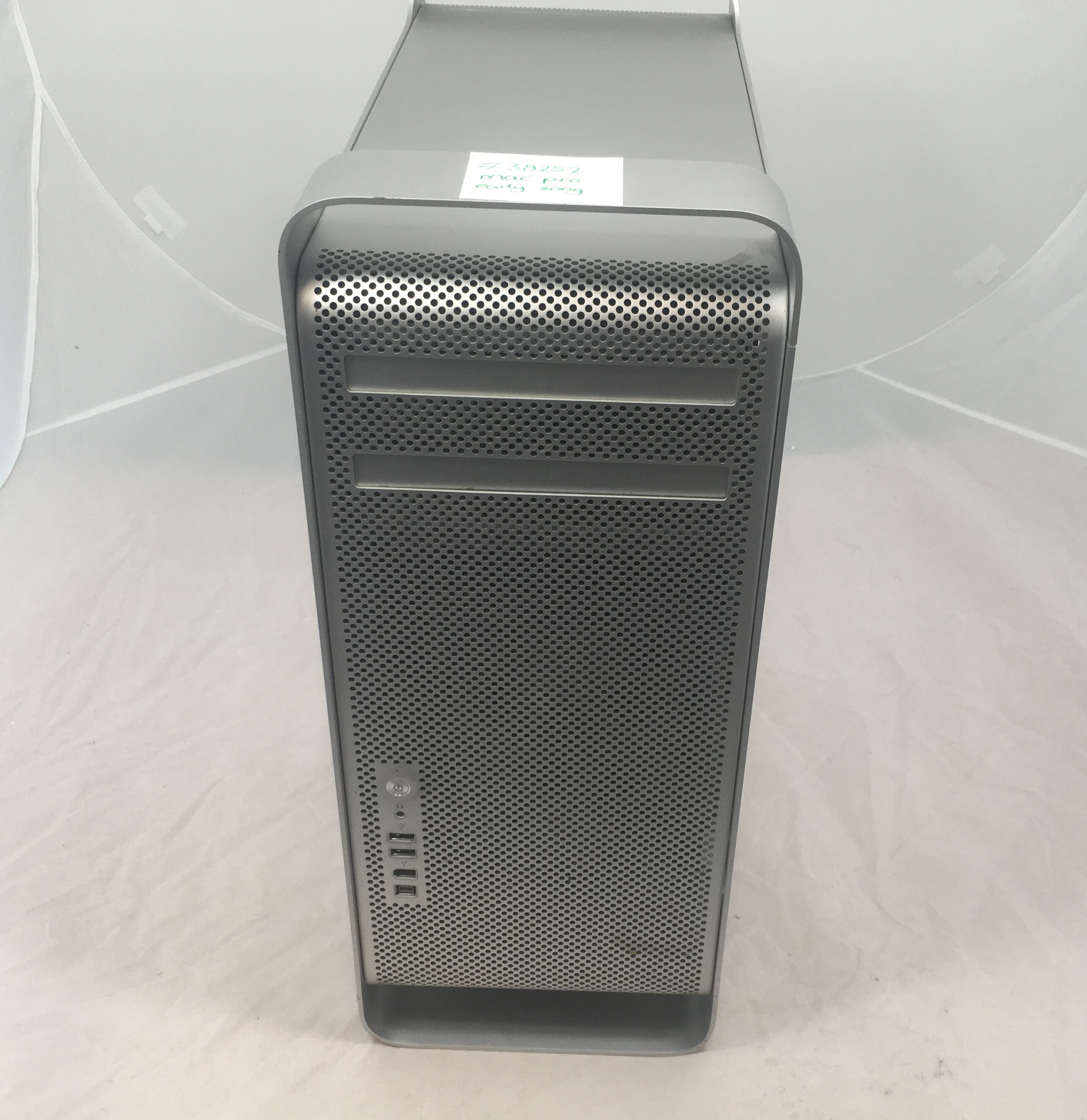

In the photo editing contest, only BenVista's Photozoom Pro 3.0.10 offered a speed gain with the 8-core processor. This lack of attention to efficiency is an engineering stupidity in today’s market of multi-core computers where time is money for many professionals. The inefficiency is not related to disk I/O, both by observation as well as having these tests run on the fastest possible internal disk setup.

Most of the programs use multiple threads, but with disappointing efficiency they just do not scale beyond a few threads. Other conversion utilities were slower, such as Adobe Lightroon 2.7.

While it didn't take advantage of all the processor's CPU power, it made better use of the extra cores, he said. For example, only one of the Camera RAW converters tested – Phase One's CaptureONE 5 Pro - showed speed gains with the 8-core machine. More is better, right? The results show that a serious gating factor for performance is in the software, not the hardware.Ĭhambers says that software engineering matters. A speed test recently posted on Lloyd Chambers' Mac Performance Guide for Digital Photographers & Performance Addicts site compares an 8-core Mac Pro Nehalem 2.93GHz with a 4-core model running a faster 3.3-GHz processors.


 0 kommentar(er)
0 kommentar(er)
